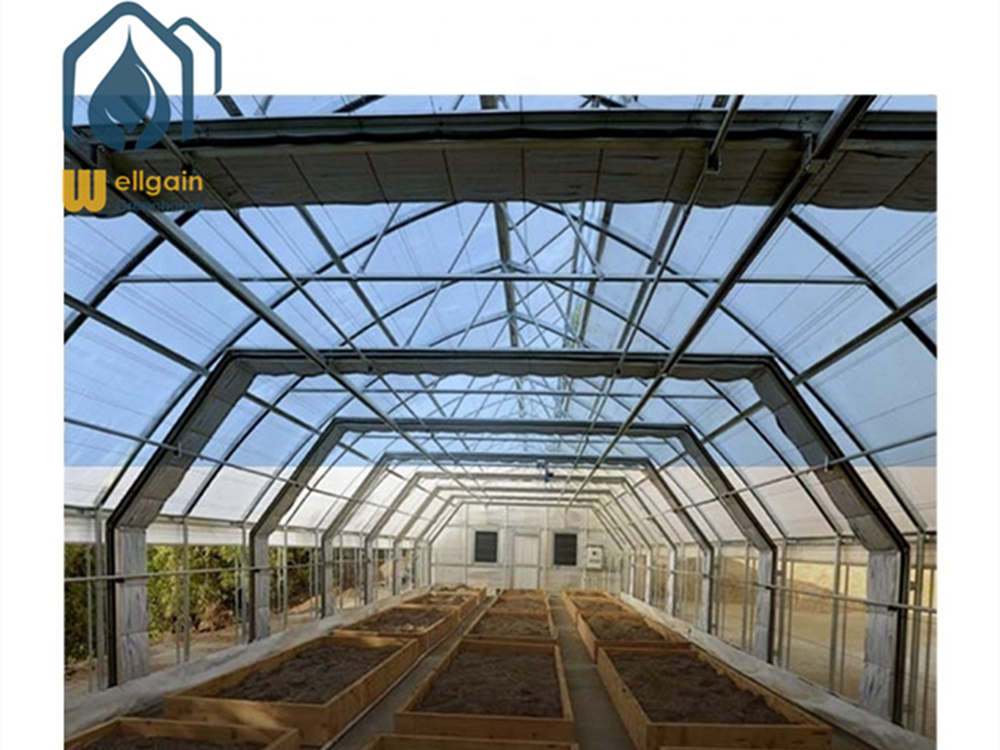A light deprivation greenhouse, also known as a blackout greenhouse or light control greenhouse, is a specialized structure used in agriculture to control the amount of light exposure that plants receive. It is primarily used for the cultivation of light-sensitive crops, such as certain flowers, vegetables, and herbs.
The main purpose of a light deprivation greenhouse is to manipulate the photoperiod or the duration of light and darkness that plants experience within the greenhouse environment. By controlling the amount of light that reaches the plants, growers can simulate different seasons, trigger specific growth stages, and encourage desired plant responses.
Here are some common applications of light deprivation greenhouses:
1. Season extension: Light deprivation allows growers to extend the growing season beyond the natural availability of sunlight. By blocking out or limiting the amount of natural light, they can create artificial growing conditions and provide plants with additional time to develop.
2. Photoperiod manipulation: Some plants have specific requirements for day length to initiate flowering or fruiting. Light deprivation greenhouses enable growers to mimic these natural light conditions and manipulate the photoperiod, which can help control the timing of flowering and fruit set.
3. Plant growth synchronization: In commercial agriculture, it may be desirable to synchronize crop cycles to ensure a consistent supply of produce. By subjecting plants to controlled light exposure, growers can ensure that multiple batches of plants reach maturity simultaneously, allowing for efficient harvesting and distribution.
4. Light intensity control: Light deprivation greenhouses can also be used to regulate the intensity of light reaching the plants. By adjusting the shades or coverings, growers can create optimal light conditions for different stages of plant growth, preventing excessive light exposure that may cause damage or stress.
5.Overall, light deprivation greenhouses offer growers greater control over the growth and development of light-sensitive crops, enabling them to optimize productivity, achieve higher crop yields, and meet market demands more effectively

